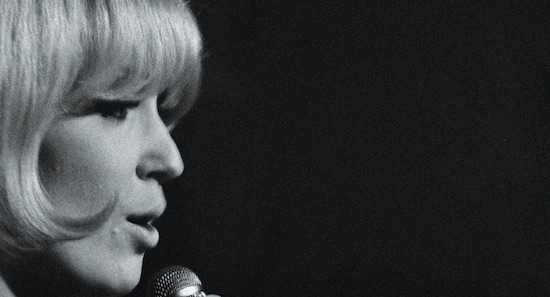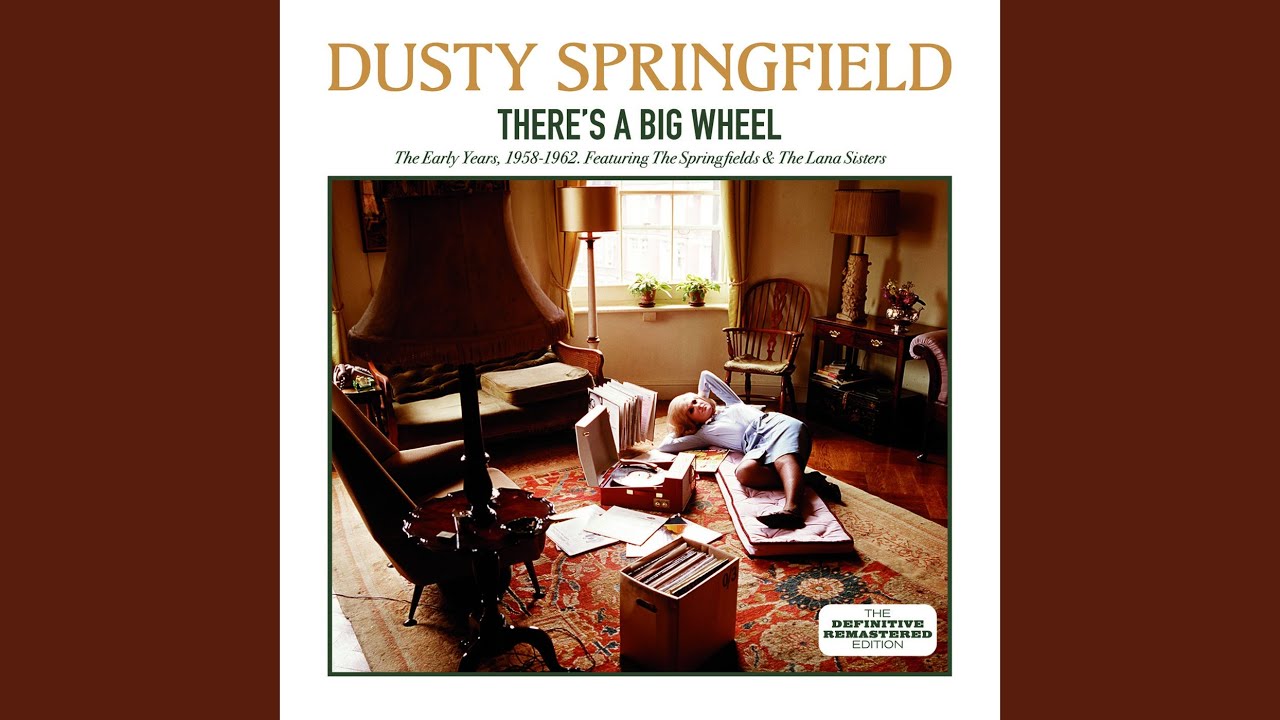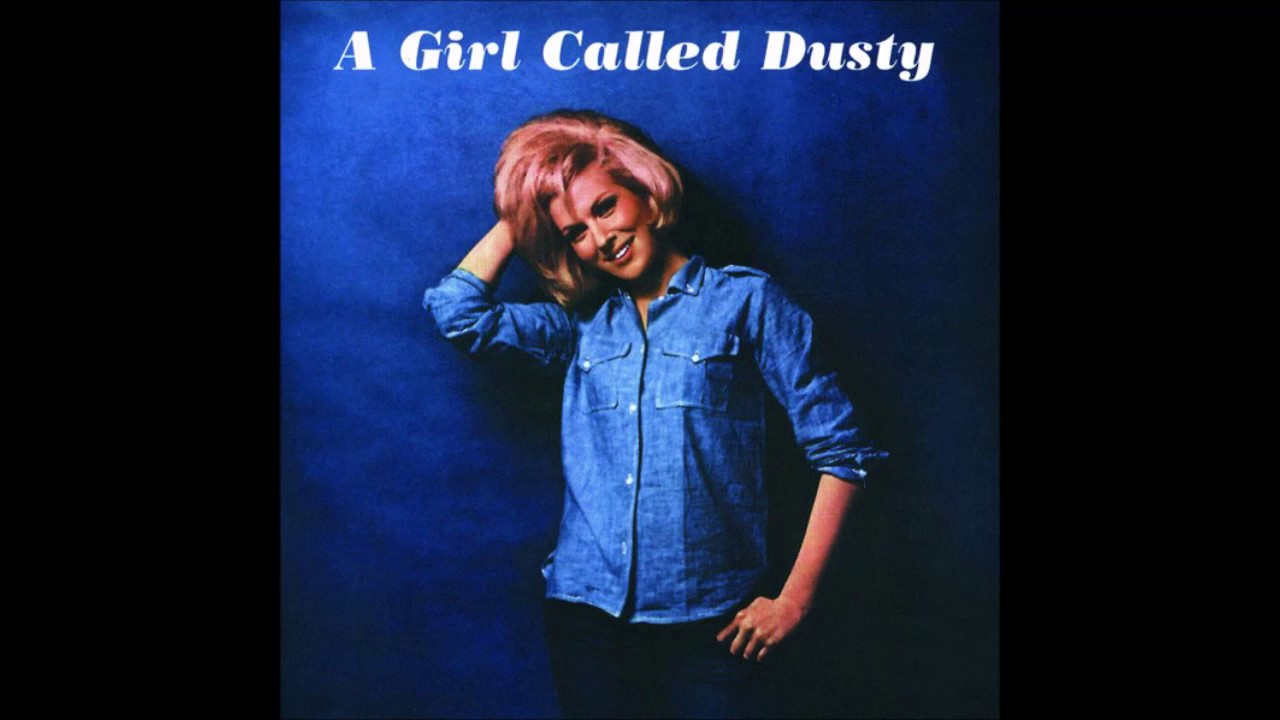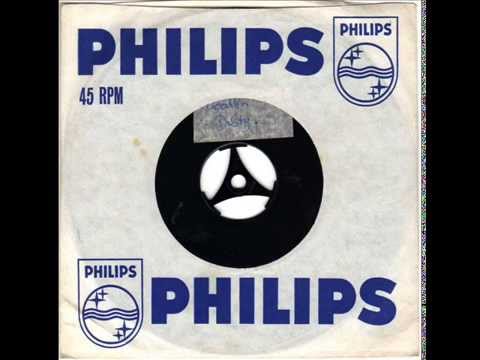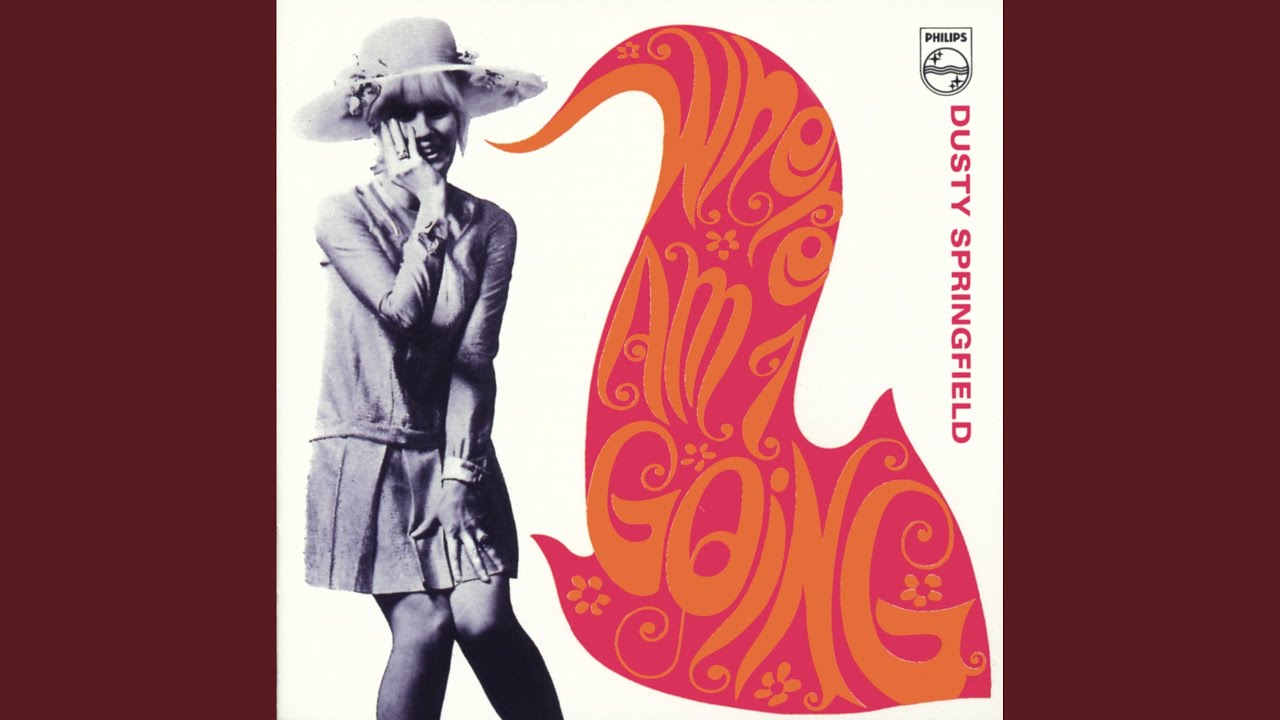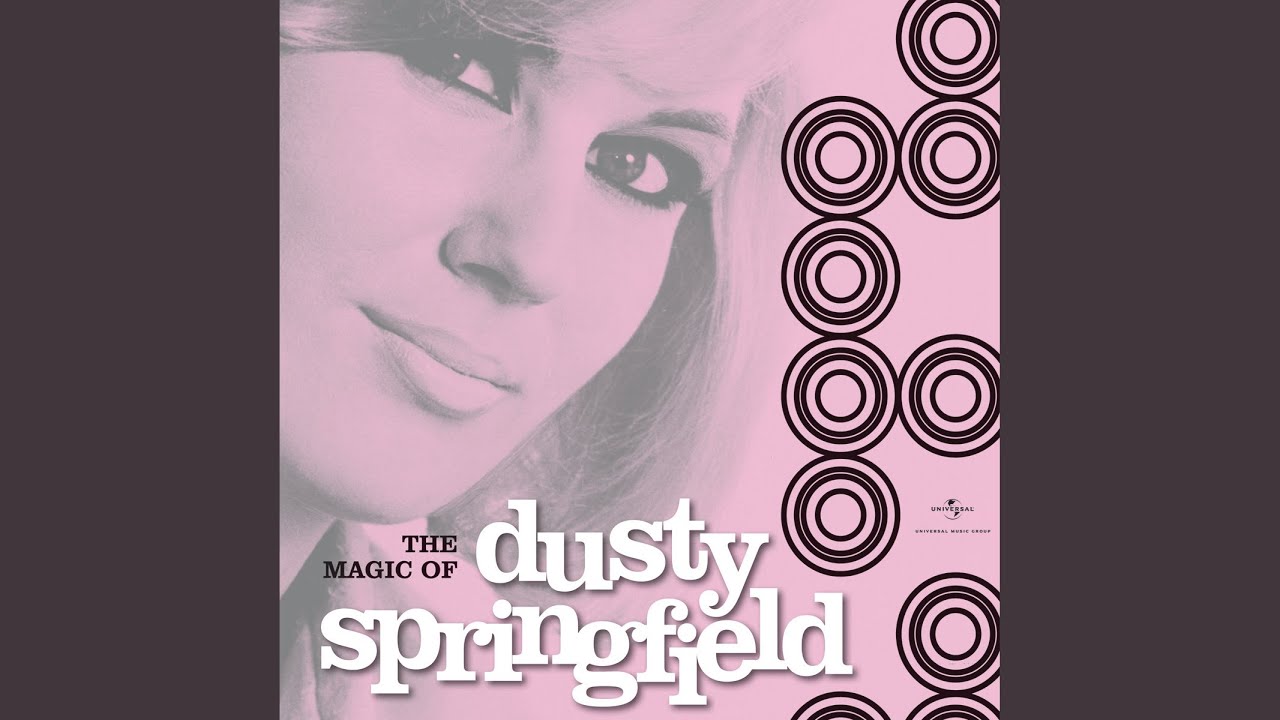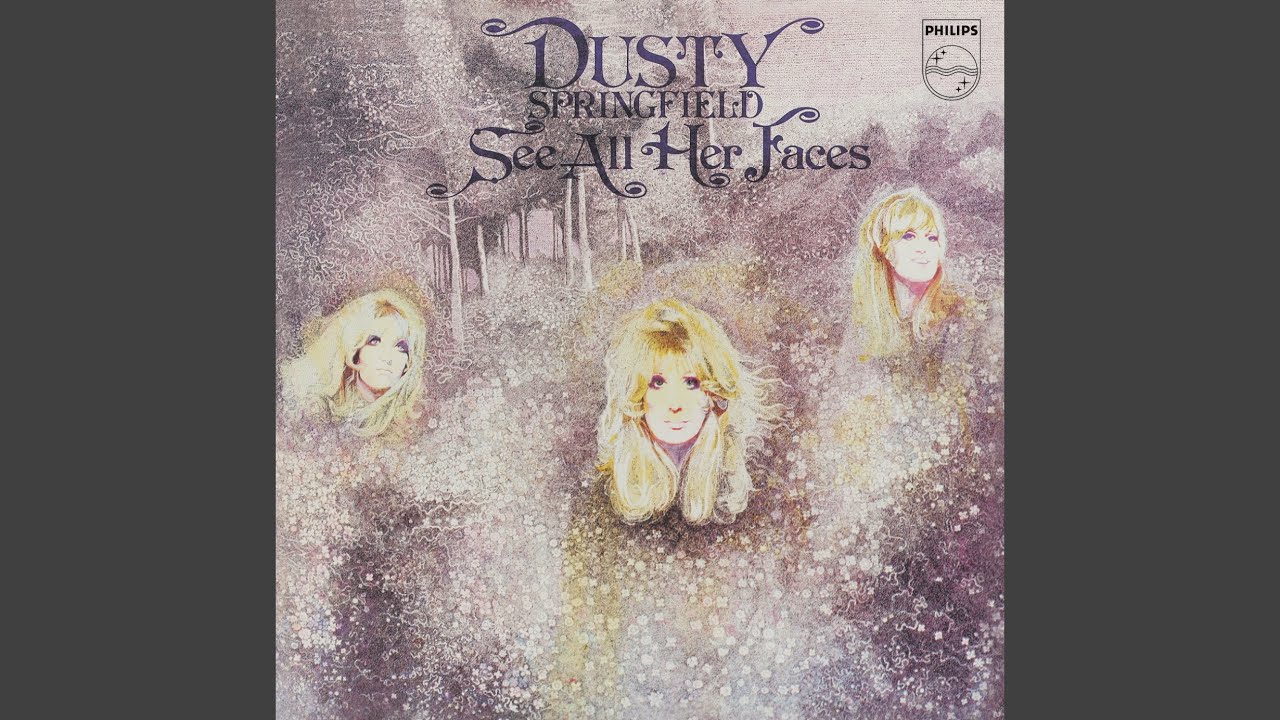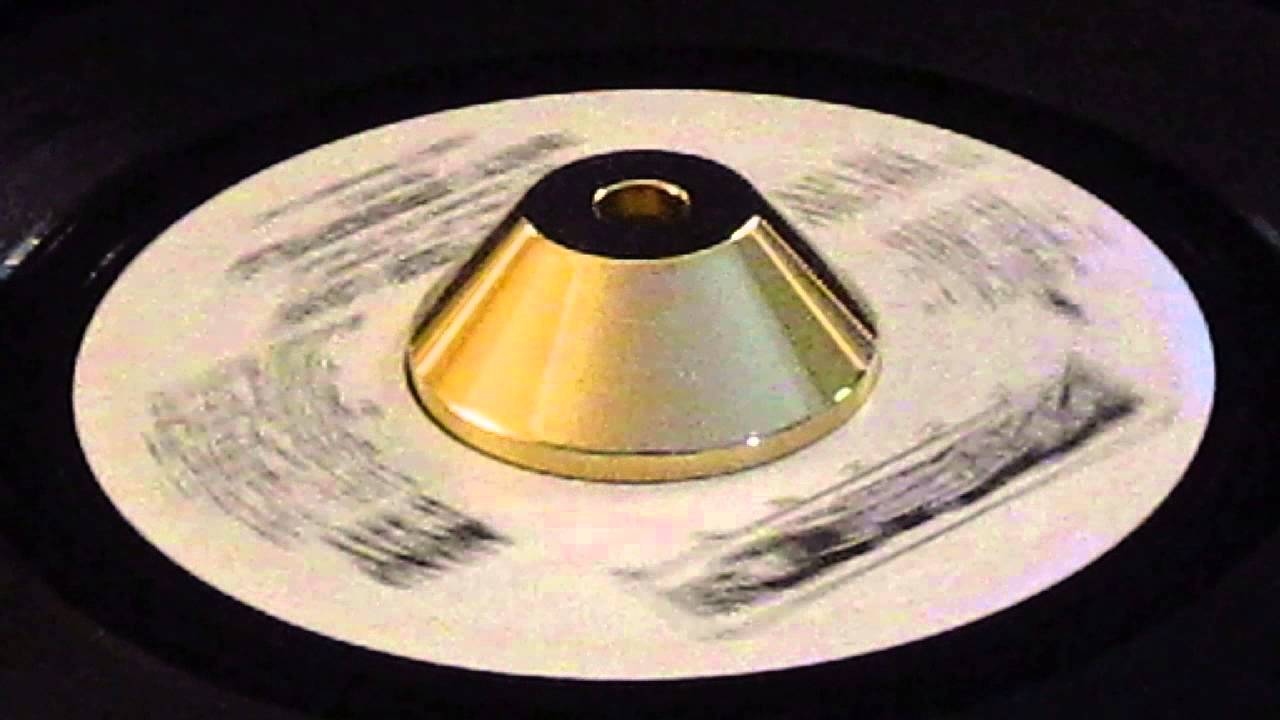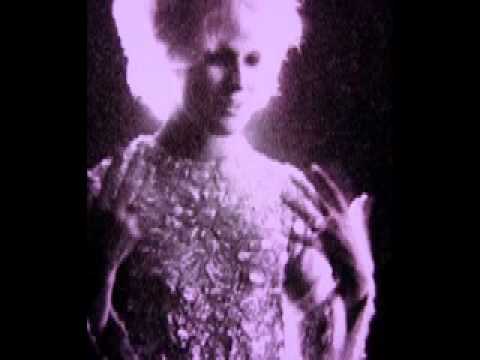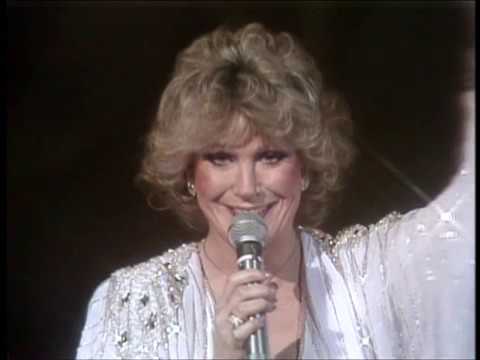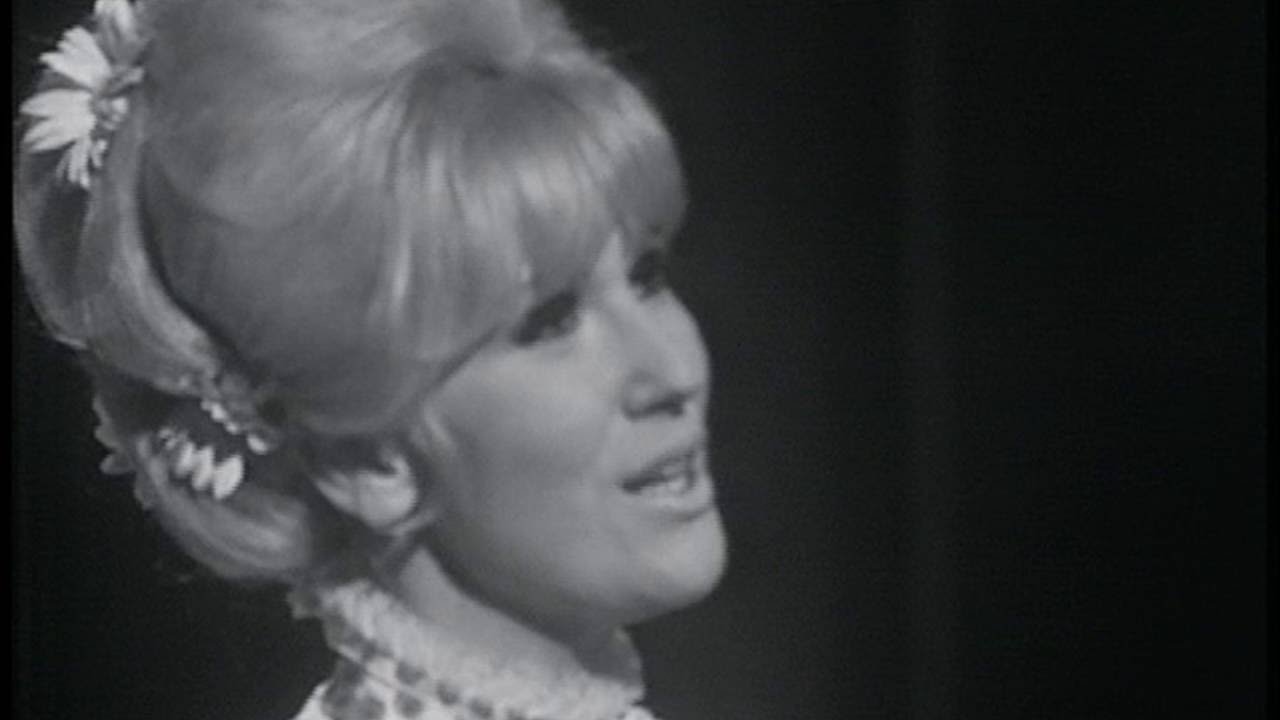Twenty years on from her passing, Lucy O’Brien has updated Dusty, her classic biography of 60s soul pioneer Dusty Springfield, which explores the struggle between shy, suburban Mary O’Brien and her stage persona Dusty, a larger-than-life character based on drag queens. Dusty partly invented this alter ego as a shield behind which she could hide her lesbian sexuality, her addictions and her fragile mental health.
As she developed as an artist she was able to channel her pain and vulnerability into music, revolutionising British pop with flamboyant orchestrated ballads, skittish R&B, and the Southern soul triumph of Dusty In Memphis, the album she recorded in 1968 with Atlantic supremos Jerry Wexler and Arif Mardin.
Lucy first interviewed Dusty in 1987, and travelled to New York, Memphis, Nashville and LA to talk to Wexler and Mardin, plus friends and musicians who had worked with her, from the 1950s to the late 1990s. They helped to build a picture of a troubled but hugely talented star – someone whose legacy continues to have an impact on British music. By now, many of us are familiar with the hits. Here Lucy picks ten deep cuts, rarities and overlooked gems that show other aspects of the Dusty we love.
1. Midnight Special
Dusty started out with her brother Tom in folk Latin band the Springfields, but from the moment she heard The Exciters’ ‘Tell Him’ on a trip to New York, she was itching to perform R&B. This song, recorded during a Nashville session with Shelby Singleton (the A&R producer who pioneered recording of black artists in Nashville), features 23 year old Dusty bursting through the harmonies with an elemental energy. “I thought she had the most unusual sound of The Springfields,” Singleton told me. “She had become more ‘black’ with voice, and felt restricted in the group.”
2. Mockingbird
Pretty soon she dropped The Springfields and went solo. This deep cut from her 1963 debut album A Girl Called Dusty is extraordinary, with Dusty singing both call and response vocal line. She switches from a low deadpan delivery that anchors the song, to soaring, vampy melody. Her arranger on this song, the late Ivor Raymonde, told me with a laugh that Dusty “was a hard case. Vera Lynn or Anne Shelton had never spoken up. They just went into the studio, recorded and walked out. Dusty took a more personal interest in a record. She was good to work with – but she was an exacting artist.”
3. Doodlin’
Another souful deep cut, this time from 1965’s lavish Ev’rything’s Coming Up Dusty. Written in the 50s by hard bop pianist Horace Silver and scat man Jon Hendricks, this song was covered by Dusty with a tough, assured delivery and punchy orchestration. The line “took me to Bellevue where I was tested’” was prescient. By the late 1970s she had been sectioned in New York’s Bellevue psychiatric hospital a number of times. In a life dominated by mood swings and anxiety (exacerbated by drugs and alcohol), singing gave Dusty an emotional equilibrium.
4. Chained To A Memory
In the years since Dusty’s death, some amazing rarities have surfaced from the vaults. Mercury boxed set Goin’ Back: The Definitive Dusty Springfield (2011), has an alternate vocal take for ‘I Only Wanna Be With You’ that has a pacy garage sound. There is also a rough-edged work in progress take of ‘Chained To A Memory’. This is Dusty in her late 1960s prime – the Dusty of big gowns, beehive hair and giant, orchestrated ballads. As a practitioner she became obsessed with polished perfection, but what’s great about this take is its spontaneity and the sense of her live thoughts in motion – riffing and feeling her way with the words.
5. My Lagan Love
Dusty (aka Mary O’Brien) was half-Irish, and though R&B and pop ballads were her forte, she had an instinctive gift for folk music too. This ballad, sung by Dusty on one of her 60s BBC TV specials, rivals Sandy Denny for its poise and power. Accompanying herself on guitar, she introduces the song by saying that most people’s idea of Irish songs are schmaltzy standards like ‘Irish Eyes Are Smiling’. “But this one, the most beautiful one I ever heard, was played by a really old gentleman with a flute, somewhere in Donnegal,’ she said. “It really impressed me.”
6. What Are You Doing The Rest of Your Life?
Because Dusty’s delivery could be breathy, subtle and atmospheric, her vocals were often used on film soundtracks – most notably Bacharach & David’s ‘The Look of Love’ from Casino Royale. This rarity, from 1969 film The Happy Ending (starring Jean Simmons as a woman escaping from a crumbling marriage), has a fragile, contemplative quality. “There is something timeless about Dusty’s sound. It’s like Piaf in that it goes on forever,” Dusty’s lover Julie Felix says. “Dusty was tormented. But at the same time, so much fun. In her darkest moments she could have a laugh.”
7. Who Gets Your Love
This track from Dusty’s 1973 album Cameo qualifies as an overlooked gem. Though released as a single, it didn’t chart in the UK and briefly went to Number 121 in the US Billboard charts. By then Dusty had moved to Los Angeles in an attempt to break the American scene, but when success wasn’t immediate she lost confidence in her own ability. Producer and head of the ABC Dunhill label, Steve Barri, recalls how frustrating it was when Dusty didn’t believe her reference vocals were actually better than the finished version. “They had more flow and feel,” he says, “We wound up punching in so much, little details that destroyed the feel of the performance.” This stand-out song has the easy, melodic flow they were looking for, and is one of her most intensely moving tracks from that period.
8. In The Winter
Written by Janis Ian, this song comes from Dusty’s unreleased album Longing. It was recorded in 1973 with producer Brooks Arthur at his studio in Nyack, upstate New York, and although Dusty was struggling, her performance on this track has a tender, ragged beauty. Arthur remembers a young Bruce Springsteen come into the studio and quietly watch Dusty sing. “Man, she’s so fine,” he said.
9. Hollywood Movie Girls
This slice of cool pop soul featured on Dusty’s 1978 comeback album It Begins Again. An album then out of step with punk and new wave, it is now being rediscovered as an extraordinary example of 70s soul – fluid, poised and stuffed with session players at the top of their game, like Steely Dan guitarist Jeff Baxter and Crusaders’ pianist Joe Sample, plus A list backing singers like Dianne Brooks and Brenda Russell. This flowing, gentle satire on LA life marked the beginning of Dusty’s recovery, and a new sense of optimism.
10. Goin’ Back (stripped back version)
What can I say? This 1966 hit is considered by many to be Dusty’s best song. Written by Carole King, it was performed by Dusty with such control and sensitivity that when she heard this version, King was moved to tears. This rarity from Mercury’s Goin’ Back collection was remixed by producer Tris Penna, working with the original four track tape. In a dramatically stripped-back version of the song, Dusty’s vocal is foregrounded in the mix, so you get a sense of her raw artistry. This version isn’t on Youtube, but it’s worth investing in the boxed set (or requesting as a birthday gift!). I also love this spontaneous live version on the BBC, with a sweet intro by Dusty. I was going to finish this column with Dusty’s final recording, her smokey rendition of ‘Someone To Watch Over Me’…but this track is an even more fitting finale. Rest in peace, Dust.
Dusty: The Classic Biography, by Lucy O’Brien is out now. Lucy is featured with writer Julie Hammil at The Rock N Roll Book Club event ‘Book Launch for Dusty: The Classic Biography’, at the Dublin Castle, London, on 4 September

